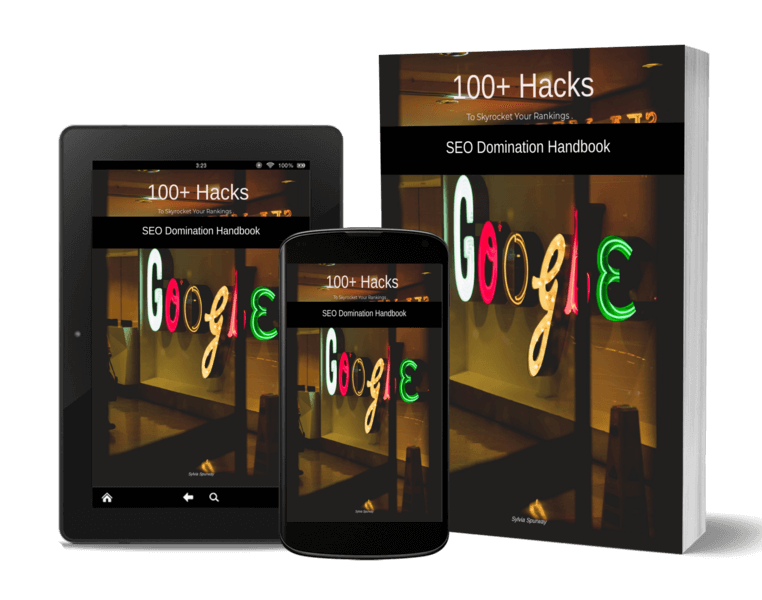Google Guru in 5 Minutes: Mastering SEO-Friendly Content for Clicks & Rankings!
Think SEO is a mysterious beast reserved for tech wizards? Think again! Creating content that Google loves and users click on is actually way easier than you might think.
The secret weapon is knowing what you want to achieve with your content. What’s your ultimate goal? More website visitors? Higher sales? Once you have that target in mind, you can craft killer content that attracts clicks and soars up the Google rankings.

Unlocking SEO Magic: Simple Strategies for Higher Rankings & Clicks.
Content with a Purpose: Beyond Just SEO
Sure, SEO drives traffic, but great content keeps them engaged. Businesses and individuals alike create content with diverse goals. A key one is boosting brand awareness. By crafting compelling, SEO-friendly content, you reach a wider audience, establish yourself as an industry leader, and, ultimately, build brand recognition.
Why SEO-Friendly Content?
Another objective is to drive organic traffic to their website, utilizing content to attract and engage visitors who can potentially convert into customers or clients. Some may prioritize generating leads and capturing valuable contact information, while others focus on educating and providing value to their audience. Additionally, content objectives may include:
- Promoting products or services.
- Building credibility and trust.
- Fostering customer loyalty.
- Even encouraging social sharing and virality.
Ultimately, the specific objectives can vary greatly depending on the nature of the business, target audience, and overall marketing strategy.
Download our Free Ebook 100 + SEO Hacks for Free.
So, let’s dive in and look at some effective strategies on how to optimize your content:
Keyword research is the A&O for SEO-Friendly Content.
- Identify relevant keywords and phrases your target audience will likely search for.
- Use keyword research tools (such as the Jaaxy Keyword tool, Google Keyword Planner, SEMrush, Ahrefs or Moz) to discover high-volume and low-competition keywords.
- Incorporate these keywords naturally throughout your content, including in headings, subheadings, paragraphs, and meta tags.
SEO-Friendly means High-quality and valuable content:
Create informative, well-researched, and valuable content for your audience. Search engines prioritize content that provides a positive user experience. Ensure your content answers users’ questions, solves their problems, or offers unique insights. Longer-form content tends to perform well in search rankings, so aim for comprehensive and in-depth articles when appropriate.
Optimized meta tags:
- Pay attention to your meta tags, including the meta title and meta description.
- Craft a compelling and keyword-rich meta title (around 60 characters) that accurately reflects the content.
- Write a concise and engaging meta description (around 160 characters) that entices users to click through to your content from search engine result pages.
Relevant headings and subheadings:
Organize your content using headings and subheadings (H1, H2, H3, etc.). Use descriptive and keyword-rich headings that provide a clear structure for both users and search engines. It helps search engines understand the context and hierarchy of your content.
Optimized URL structure:
- Create clean and descriptive URLs for your content.
- Include relevant keywords in the URL to provide search engines with additional context.
- Avoid lengthy or complex URLs that may confuse both search engines and users.
Internal and external linking is SEO Friendly.
Incorporate internal links within your content to connect related pages on your website. Internal linking helps search engines understand the hierarchical structure of your website and improves user navigation. Include relevant external links to reputable and authoritative sources that support your content. That demonstrates your content’s credibility and improves its search engine visibility.
Image optimisation to become SEO Friendly
- Optimize images by compressing them to reduce file size without compromising quality. ( Tiny PNG is free and a great tool )
- Use descriptive filenames for images that include relevant keywords.
- Add alt tags to provide alternative text descriptions for search engines to understand the image’s content.
Mobile optimization: Ensure your website and content are mobile-friendly and responsive. With the increasing use of mobile devices, search engines prioritize mobile-friendly websites in their rankings. Responsive design, fast loading times, and easy navigation on mobile devices are crucial for a positive user experience.
Page loading speed: Improve your website’s loading speed to enhance user experience and search engine rankings. Compress images, minimize code, enable browser caching, and utilize content delivery networks (CDNs) to reduce page load times.
User engagement signals: Engage your audience and encourage them to spend more time on your website. High user engagement signals, such as longer dwell times, lower bounce rates, and social sharing, indicate to search engines that your content is valuable and relevant. Create engaging and interactive content to keep users on your page longer.
Regularly update and repurpose content:
- Keep your content fresh and up to date.
- Update existing articles regularly with new information, statistics, or examples.
- Repurpose your content into different formats, such as infographics, videos, or podcasts, to reach a wider audience and attract more organic traffic.
Monitor and analyze your SEO-Friendly Content.
Utilize analytics tools, such as Google Analytics or other SEO software, to track the performance of your content. Monitor organic traffic, keyword rankings, and user behaviour to identify areas for improvement and refine your SEO strategy over time.
Remember, search engine optimization is a long-term strategy, and it takes time for search engines to index and rank your content. Be patient, consistently implement optimization techniques, and adapt your approach based on data and trends to improve your content’s visibility in search engine results pages. Create your SEO-friendly content on a regular basis.
Download this free ebook. It has 100+ Hacks for an SEO-Friendly Site. Click Here

